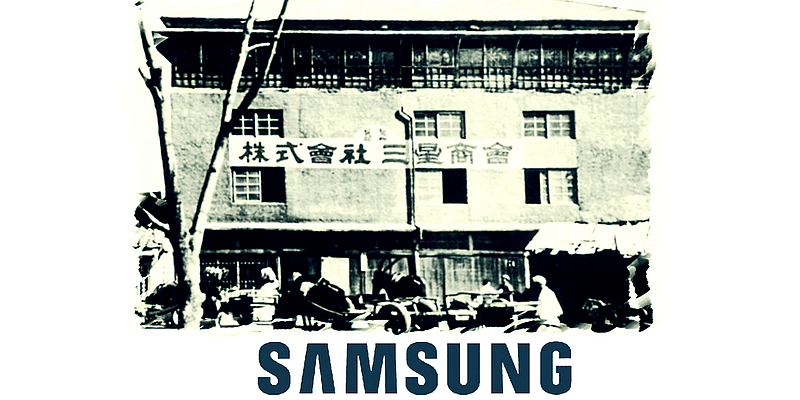
Samsung‘s evolution from a simple grocery store into a worldwide technology leader is a tale of aspiration, creativity, and change. Established in 1938 by Lee Byung-Chull, Samsung began as a trading post for groceries in Daegu, South Korea. In its early days, it dealt in products like noodles, dried fish, fruits, vegetables, and various local items, including exporting these goods to China.
The Korean War in the 1950s marked a turning point for Samsung. Lee Byung-Chull expanded the business into textiles, opening Korea’s largest woollen mill and contributing to the nation’s industrialisation during a period of poverty. However, it was not until 1969 that Samsung ventured into the electronics industry, initially producing black and white televisions and later expanding to washing machines, fridges, and color TVs.
The 1970s saw further diversification as Samsung entered the shipbuilding, heavy industries, chemical, and petrochemical sectors. A crucial acquisition in 1974 of Hankook Semiconductor catapulted Samsung into the memory chip market, eventually making it a global leader in semiconductors. By 1978, Samsung had produced the world’s highest number of black and white TVs and made its first foray into the American market.
Despite its manufacturing prowess, Samsung initially struggled with a reputation for low-quality goods. This changed dramatically in the 1990s under the leadership of Kun-Hee, who insisted on a radical quality overhaul, famously telling employees to “change everything except your wife and children”. This transformative mindset led to innovations in mobile phones, including the first MP3 mobile phone in 1999 and a pioneering thin-film transistor active matrix LCD display in 2002.
The digital revolution of the mid-1990s saw Samsung leading the way with the world’s first digital TV in 1998, and by the 2000s, the company had become the world’s top TV producer, a significant leap from its humble origins.
However, success was not without setbacks. In 2016, Samsung faced a major crisis with the recall of the Galaxy Note 7 smartphones due to battery defects. This incident was a significant blow to the company’s reputation and finances. Despite these challenges, Samsung continued to innovate, unveiling the world’s first foldable smartphone prototype in 2018, though its launch faced initial hiccups.
By 2018, Samsung had become the 15th largest company globally, with substantial revenues and profits, showcasing a remarkable transformation from a small grocery store to a technological powerhouse. This journey was marked by strategic diversification, investment in promising technological areas, and a commitment to quality and innovation, making Samsung a leading manufacturer of smartphones, televisions, and memory chips.










